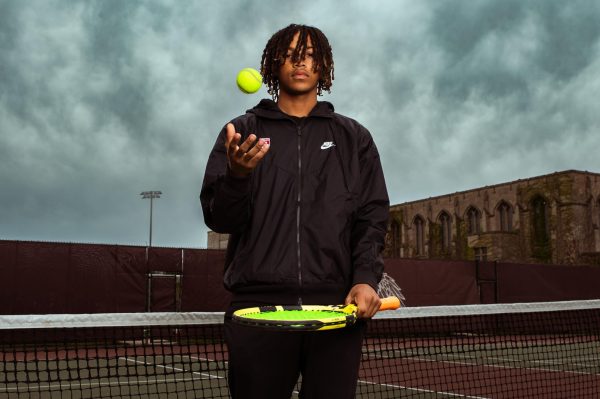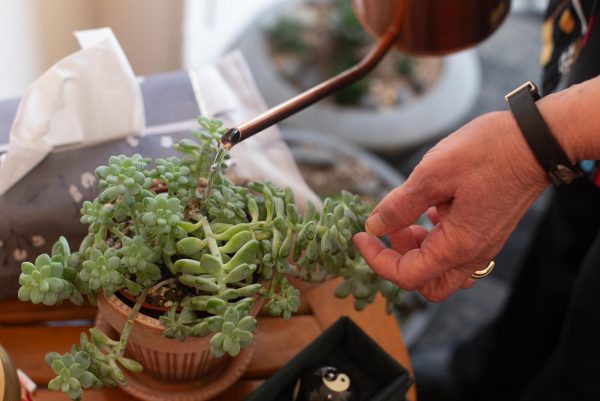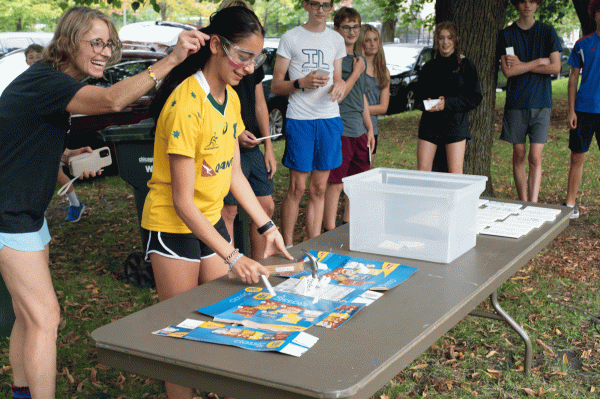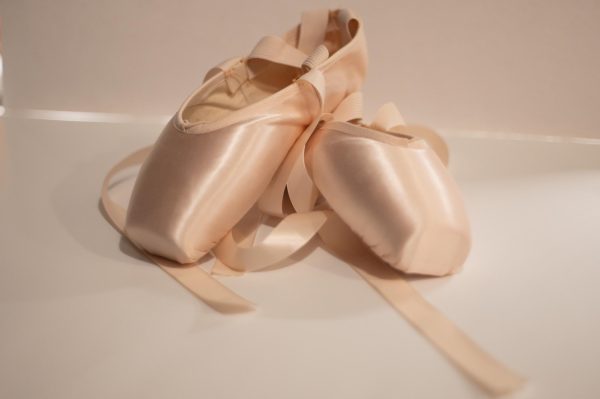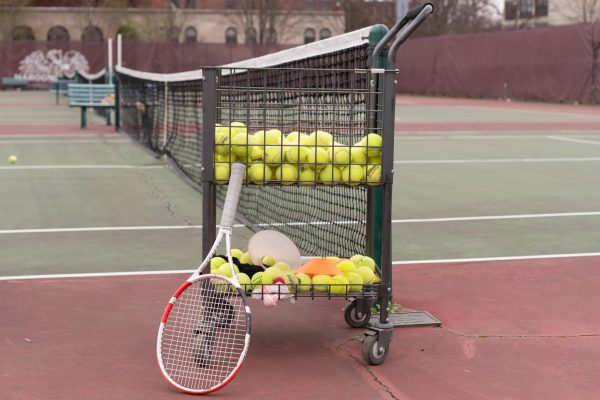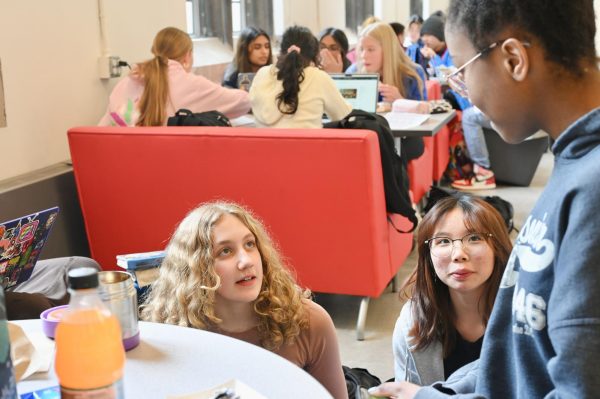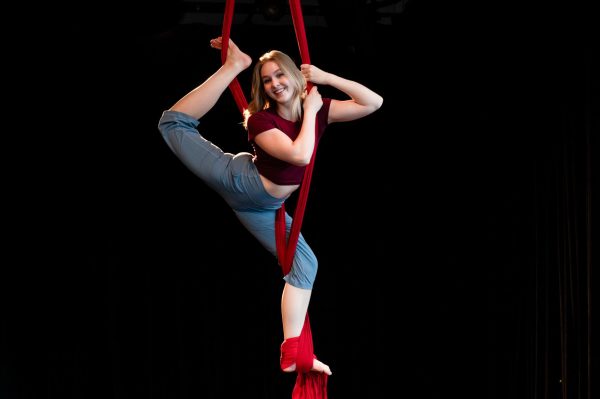Skating blends technique, self-expression
Lacing up her skates, sophomore Kathy Luan gets ready to step out onto the ice for her lessons. She glides onto the ice and starts off by taking a few laps around the rink to warm up for practice. For 10 years, Kathy has been a competitive ice skater. She competes both solo and as a member of her synchronized skating team.
Jasmine Wang, a junior, has also been ice skating competitively for over 10 years. But Jasmine said she didn’t see herself being interested in skating, let alone a competitor.
“I didn’t initially choose to enroll myself in skating lessons, but now I love to skate because figure skating is so unique,” Jasmine said.
Kathy first discovered skating at age 3 when she went to the rink on the Midway Plaisance with her parents, and she soon wanted to start skating competitively. She soon started skating with a private coach. When Kathy was six she started competing solo, and then at 13 she started competitively synchronized skating.
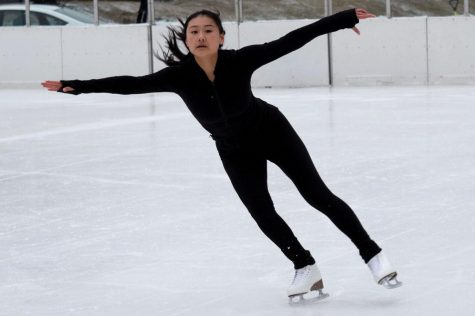
GLIDE. Kathy Luan practices at the Midway Plaisance ice rink, where she first began to skate at 3 years old. Since then, she has become a competitive skater in team and solo competitions.
The feeling of being on the ice and skating is what attracted Kathy to the sport. The feeling of skating helps her clear her head, and just skate.
“It was just a different feeling, and stepping onto the ice made me feel like a whole new person,” Kathy said. “Skating just has such a different feeling than like running on the ground, so when I first step onto the ice the first glide is smooth and feels natural and effortless and it makes me feel like a part of the ice. The first glide on the ice just makes everything else in my life go away and clears my mind of my problems.”
Figure skating competitions require the skater to be flawless when performing. This requires the athletes to focus on both technical and performance aspects of skating.
“A really good skater needs to be able to look effortless when they perform their elements,” Jasmine said, “and an important part of the sport is making an emotional connection with the audience and the judges. The fact that the sport has been moving so far into the direction of being overly focused on the technical aspects has created lots of conflict within the figure skating world and spurred reconsiderations of current judging systems.”
Even though Jasmine loves the sport, skating is a high-demand art. “Skating isn’t always the most rewarding, but it teaches you self-discipline, self-expression, and pain tolerance all at the same time. It’s also just very satisfying to be on the ice and execute your elements well,” Jasmine said. “When you have to throw yourself around on the ice, it’s very nice when you finally stop falling.”



